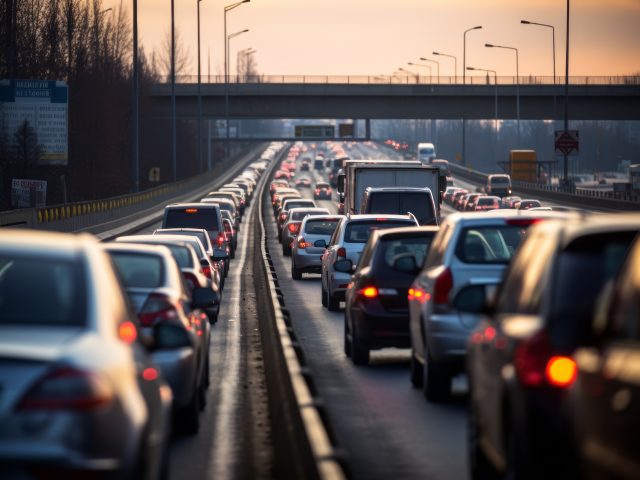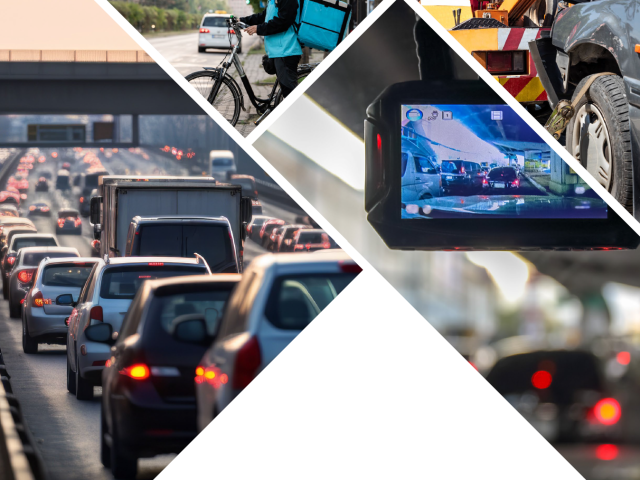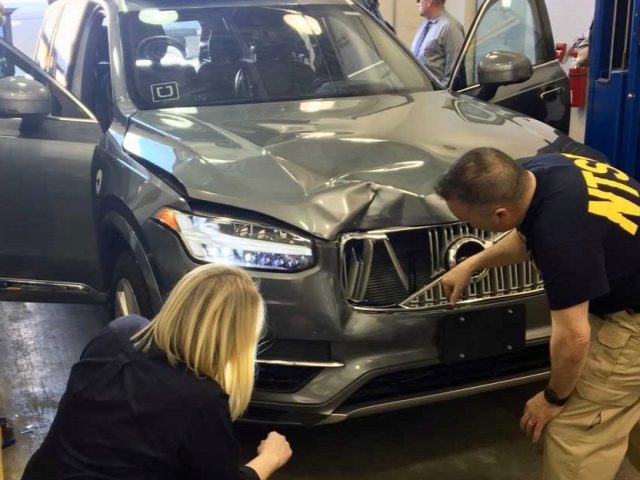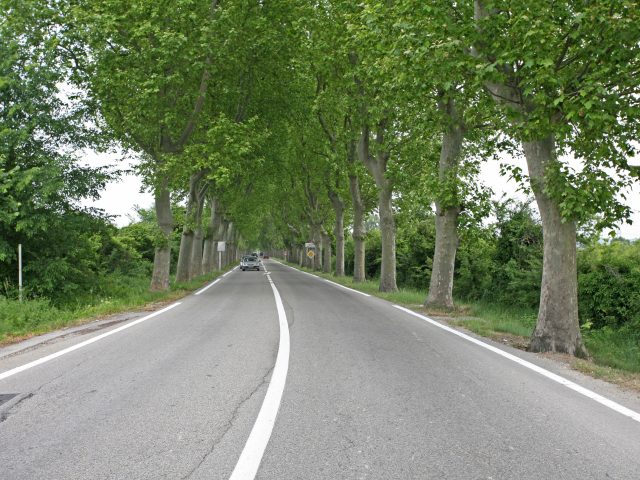700,000 deaths and serious injuries prevented thanks to infrastructure and speed modifications
In a study published in the journal PLOS One, researchers from Johns Hopkins University and the International Road Assessment Programme (iRAP) have revealed that road safety infrastructure changes and safer speeds have prevented nearly 700,000 deaths and serious injuries across 74 countries since 2016.
The study, titled ‘Statistical estimation of fatal and serious injuries saved by iRAP protocols in 74 countries’, is the first of its kind to measure the impact of road improvements in over 1,000 infrastructure projects worldwide. The iRAP model, which has been applied in these projects, is projected to prevent an estimated 699,768 deaths and serious injuries by the end of 2024. Looking further ahead, by 2044, the existing road treatments are expected to prevent almost 3.2 million deaths and serious injuries.
The iRAP Star Rating Methodology, an objective measure of ‘built-in’ road safety levels for various road user groups, has been instrumental in these improvements. The methodology rates roads from 1-star (least safe) to 5-star (safest), providing an evidence-based measure of crash likelihood and severity.
The study highlights several successful projects where the iRAP methodology has been applied. For instance, in Karnataka, India, a 62km section of the Belagavi – Yaragatti Highway saw a 54% reduction in deaths and a 42% decrease in injuries. Similarly, in Victoria, Australia, key highways spanning 1,730km witnessed a 77% drop in deaths and a 74% reduction in hospital bed days.
iRAP partnerships now extend across more than 125 countries, 1.8 million kilometres of Star Ratings of roads and designs, and 1.8 million kilometres of Risk Mapping, influencing the safety of over 100 billion USD of road investment.
FIA Foundation Executive Director, Saul Billingsley said, “This analysis demonstrates the profound impact that iRAP is having around the world. Hundreds of thousands of deaths and serious injuries are being prevented through safe road assessment, design, and upgrades of roads. Now we need to see greater government investment and support from development banks to deliver safer road infrastructure over the next five years so that we can do everything we can to achieve the targets of the Road Safety Decade and the UN Sustainable Development Goals.”








